The first two Android Wear watches were very gadgety-looking affairs, but three recent releases add some style to Google's wearable platform. We have two of those – the Moto 360 and Asus ZenWatch – in house right now, and have a few thoughts on how they compare.
Nobody knows exactly what's going to happen with wearables, but I suspect that the first really popular smartwatches will be the ones that find the best balance of tech and fashion. Both the Moto 360 and ZenWatch hit that mark pretty well ... at least by 2014 standards.
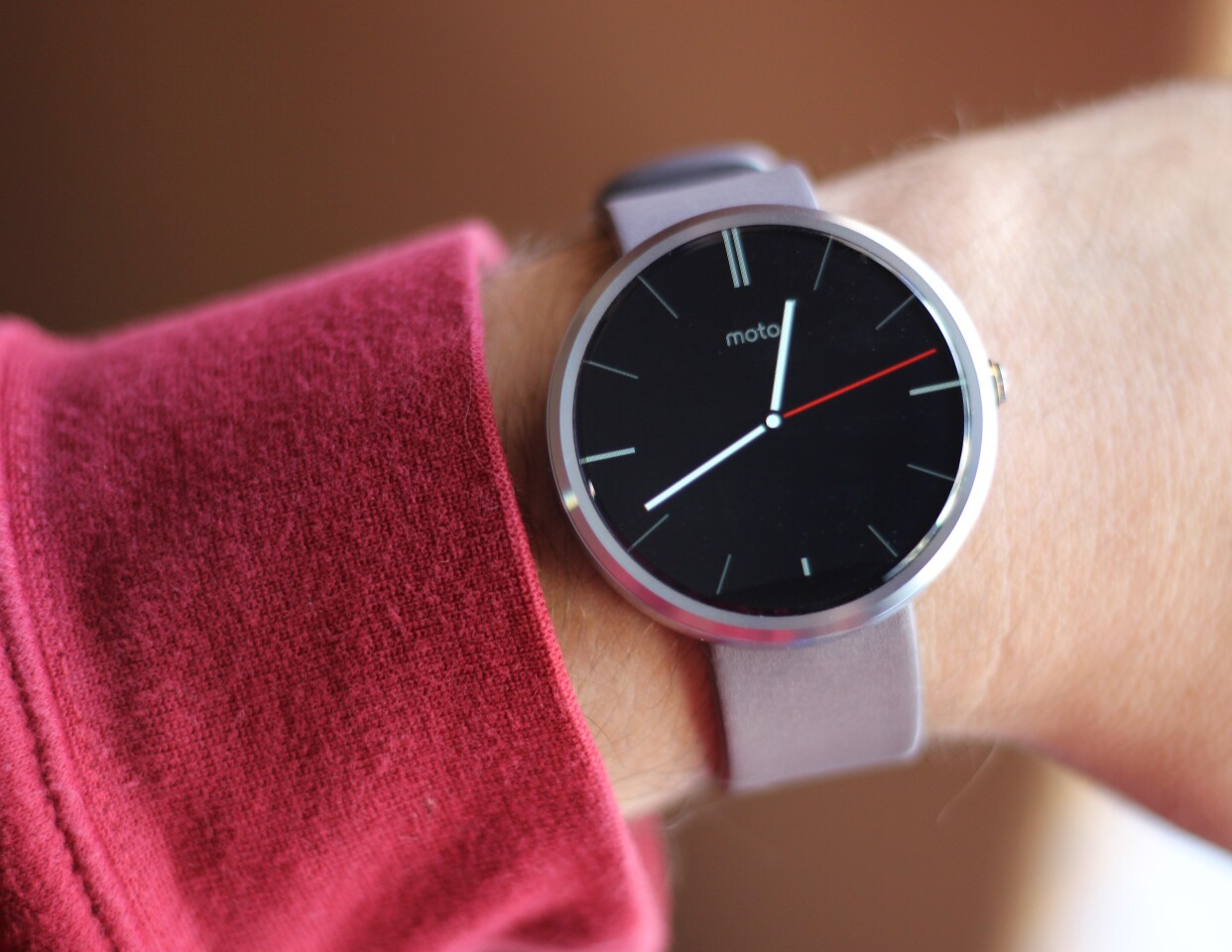
The Moto 360's circular display and narrow bezels make for a stunning first impression. Its screen is huge (39 percent bigger than the ZenWatch's), and Android Wear's notification cards really pop on it.
On the other hand, the Moto is pretty thick (11.5 mm), revealing its smartwatch nature to anyone who looks at its profile. Oh, and that "round" display also isn't completely round: it has a little sliver cut out at the bottom.
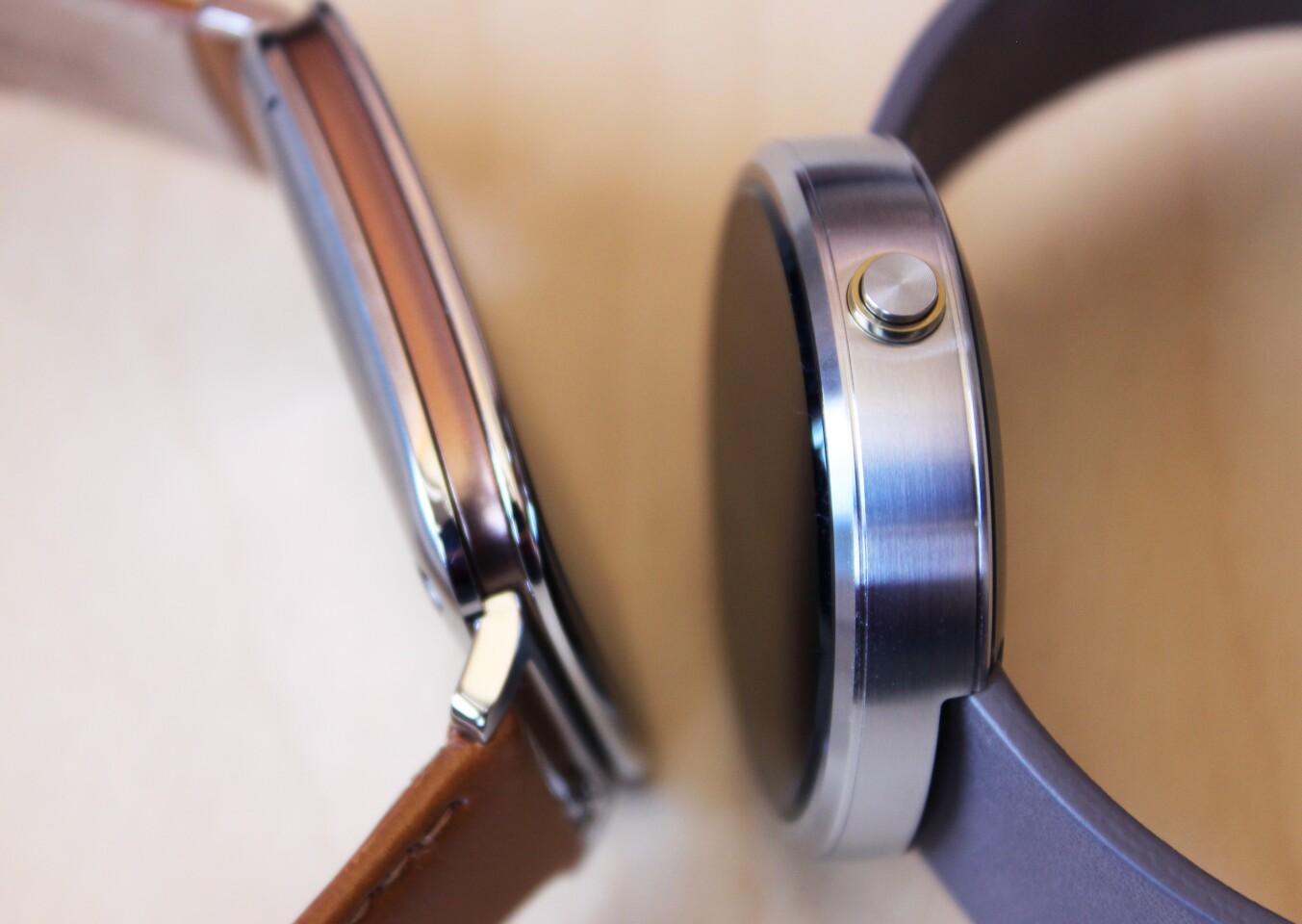
The ZenWatch doesn't make quite as striking a first impression, with its square face, but it's a snazzy-looking watch nonetheless. Like the Moto, it has a stainless steel body, only here we're looking at a rectangular shape, with rounded corners and a slightly-curved screen. In profile, it has a sandwich look: rose-gold-colored meat, in between two slices of silver-colored bread.
One of the ZenWatch's biggest advantages is its size. In a couple of years, we're probably going to laugh at how gigantic most of these early watches looked, but by today's standards, the ZenWatch is pretty compact. It's 18 percent thinner than the Moto, and its front face is smaller than those of many early touchscreen watches.
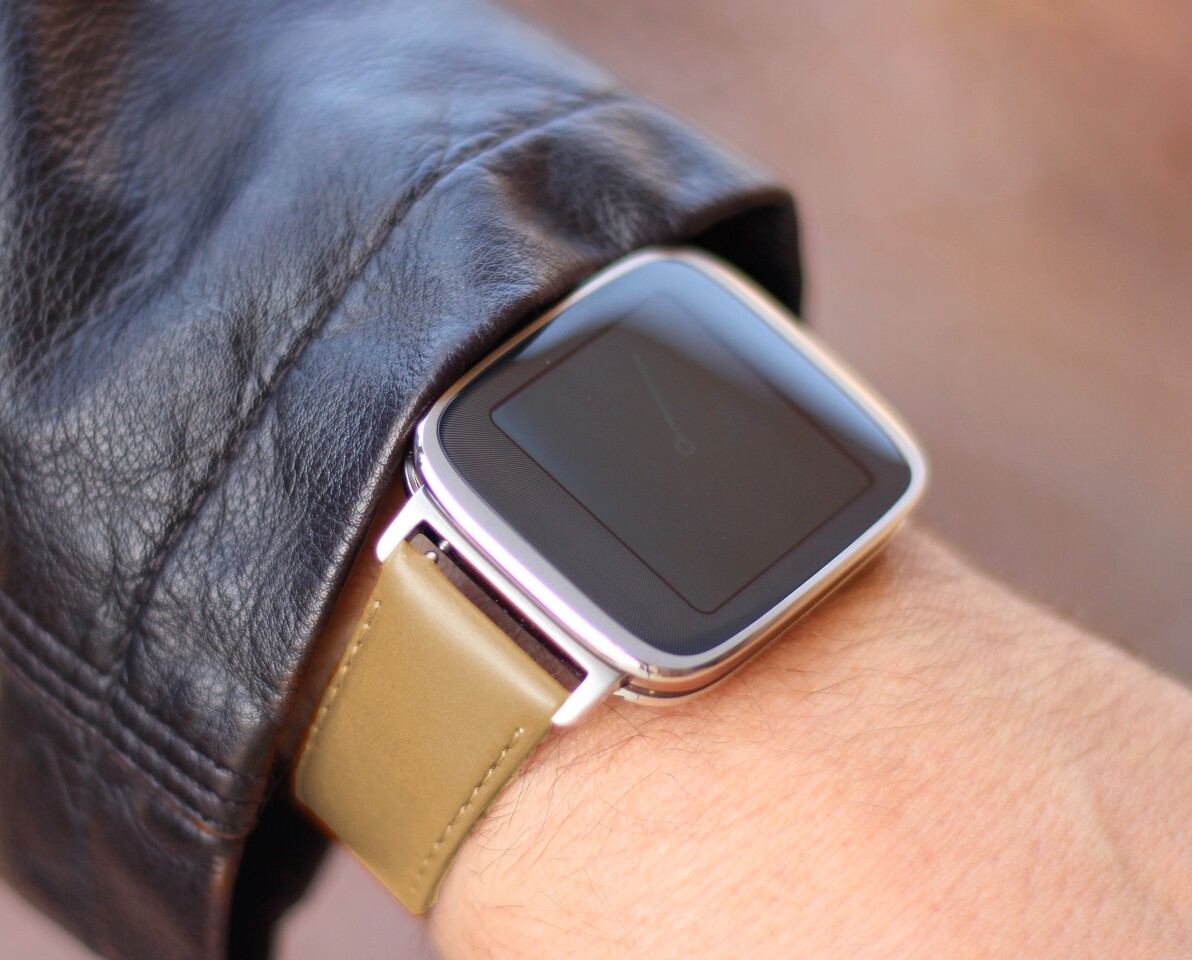
The ZenWatch is a smartwatch that doesn't scream "I'm a smartwatch!" to everyone within earshot – but it also doesn't necessarily try to look like something it isn't. It's simply a stylish smartwatch: delivering a great balance of fashion and function.
On the flip side, the ZenWatch has wide bezels. Look at the Moto 360 head-on, and it's almost all screen. On Asus' watch, you get a generous side of bezel to go with your screen entrée.

Both watches ship with leather bands, though you can pay US$50 more to buy a Moto 360 that ships with a steel band. The ZenWatch's band is a reddish-brown, while I'm using the silver Moto with a "stone" colored band (there's also a black version). Like most smartwatches, you can also swap their bands with any standard (22 mm) watch straps.

When the Moto 360 launched, it had sketchy battery life – especially if you kept the ambient clock face on at all times. But software updates have things looking a little better on that front.
The ZenWatch is, however, the better choice for battery life. With moderate use, brightness set to "3" and the ambient (always-on) clock face on, my ZenWatch only drops around 3-4 percent per hour. The Moto 360, with ambient display off and brightness set to "auto," drops around 5-6 percent per hour. With ambient display on, my Moto 360 drops 8-10 percent per hour.
This is the biggest strike against the Moto 360. Use the ambient display – which is a big part of its aesthetic – and you might be out of juice by day's end. Skip the ambient clock, and you shouldn't have any problem lasting a full day, but, until you lift your wrist, you're left with a black screen:
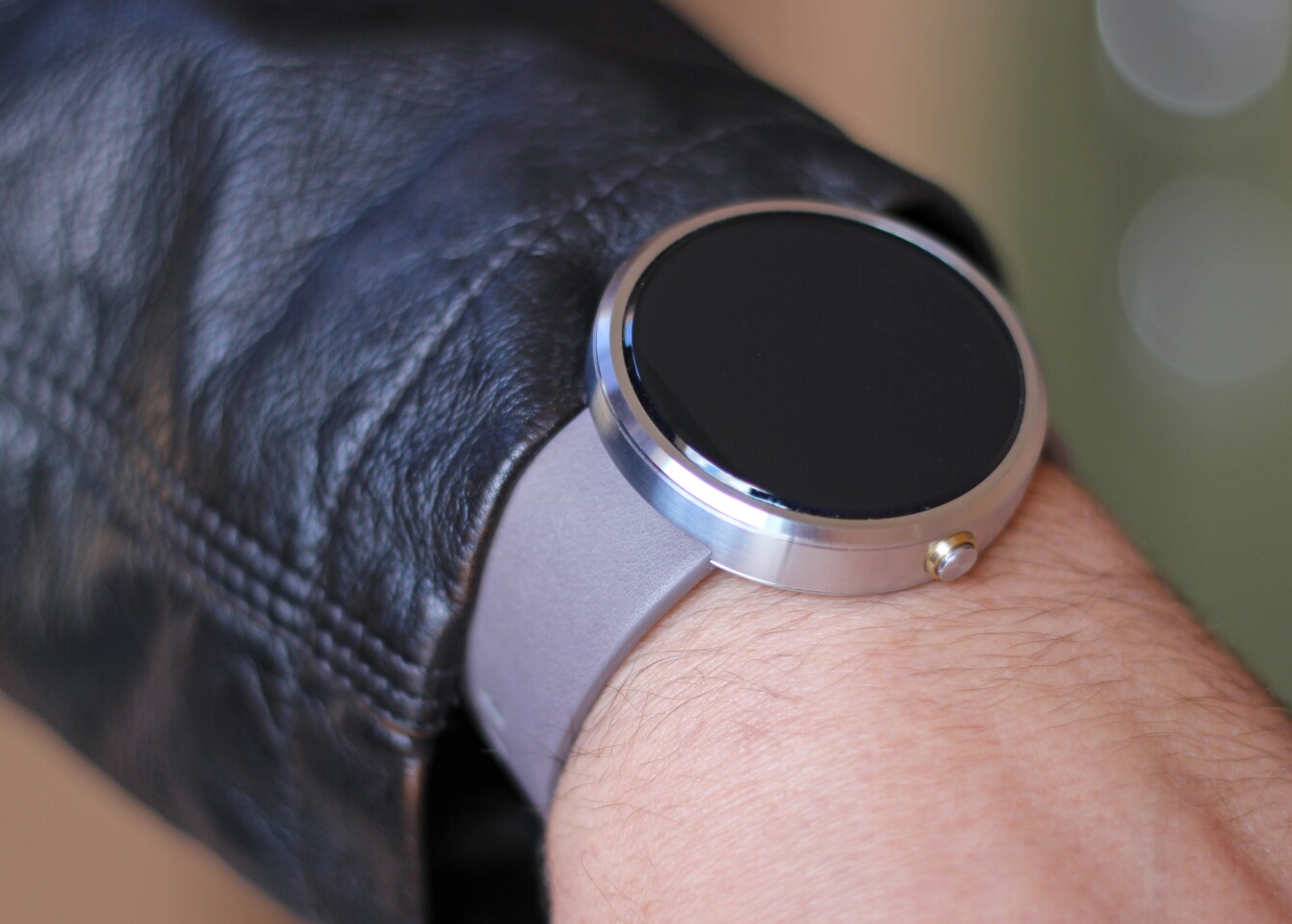
Some reports said that the Moto 360's October software update dramatically improved its battery life, but my experience doesn't match up with that. On mine, the battery boost was incremental.
Both watches run the same software (you can hit up Gizmag's Android Wear review for a rundown of its Google Now-based operating system). Motorola and Asus did each add a few extras, though, and a couple of them are worth mentioning.

The Moto 360 regularly checks your heart rate throughout the day, automatically and in the background (the ZenWatch has a pulse sensor too, but it's manual and on the watch's front). Motorola threw in a health-tracking app that keeps tabs on your heart rate, and weighs it against your goals for active periods through the day. It also estimates your calories burned, based on your movement and heart rate data.
The ZenWatch's extras include my favorite fitness-tracking feature: an idle alert that nudges you to get up and move if you've been sitting still for too long. Jawbone's fitness trackers spearheaded this nudge feature, but it's surprisingly hard to find on smartwatches (there are a few Android Wear apps for this, but none are reliable). In Asus' Wellness app, though, it works perfectly.
There is one Asus feature, however, that you'll want to avoid. The ZenWatch Manager app has an option to keep your phone unlocked when your watch is nearby. With this setting on, its battery fell about twice as fast (there must be some buggy software, I can't imagine it was designed to drain that much juice). If you choose the ZenWatch, I'd recommend leaving this setting off and using a similar third-party app, like the excellent Wear Unlock.
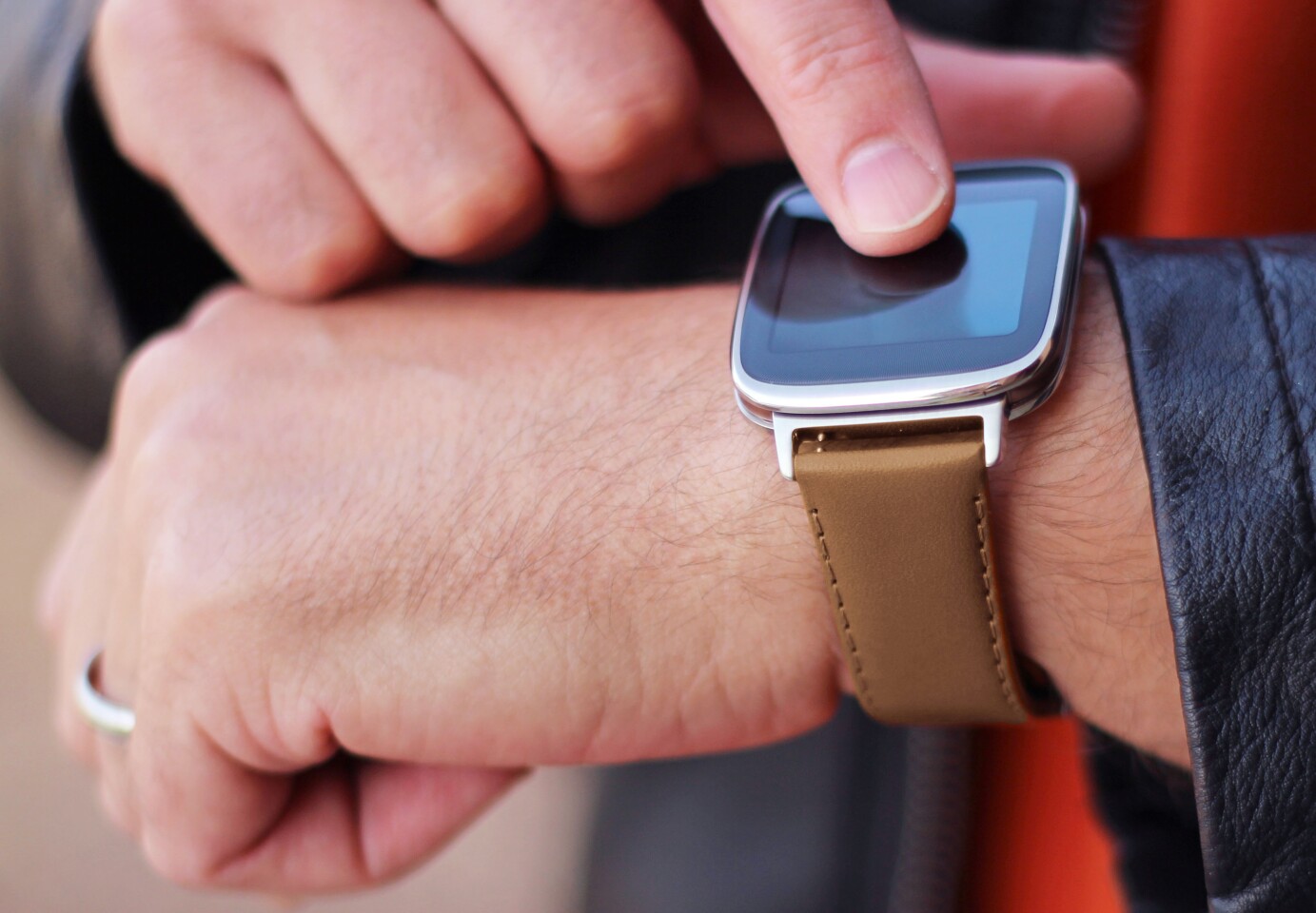
Right now smartwatches are all over the place. One one hand, you have watches like Pebble Steel that are fashionable, but don't do very much. On the other extreme, you have watches like the Gear S that can almost replace your smartphone, but look like something George Jetson would wear. Both the Moto 360 and Asus ZenWatch hit a pretty nice balance point between these two extremes.
I find the Moto 360 to be the more eye-catching and intriguing option, but it also has some concerning holes (namely battery life). The ZenWatch delivers a more balanced and airtight experience, with good battery life and stylish looks, but it also doesn't quite have the Moto's wow factor.
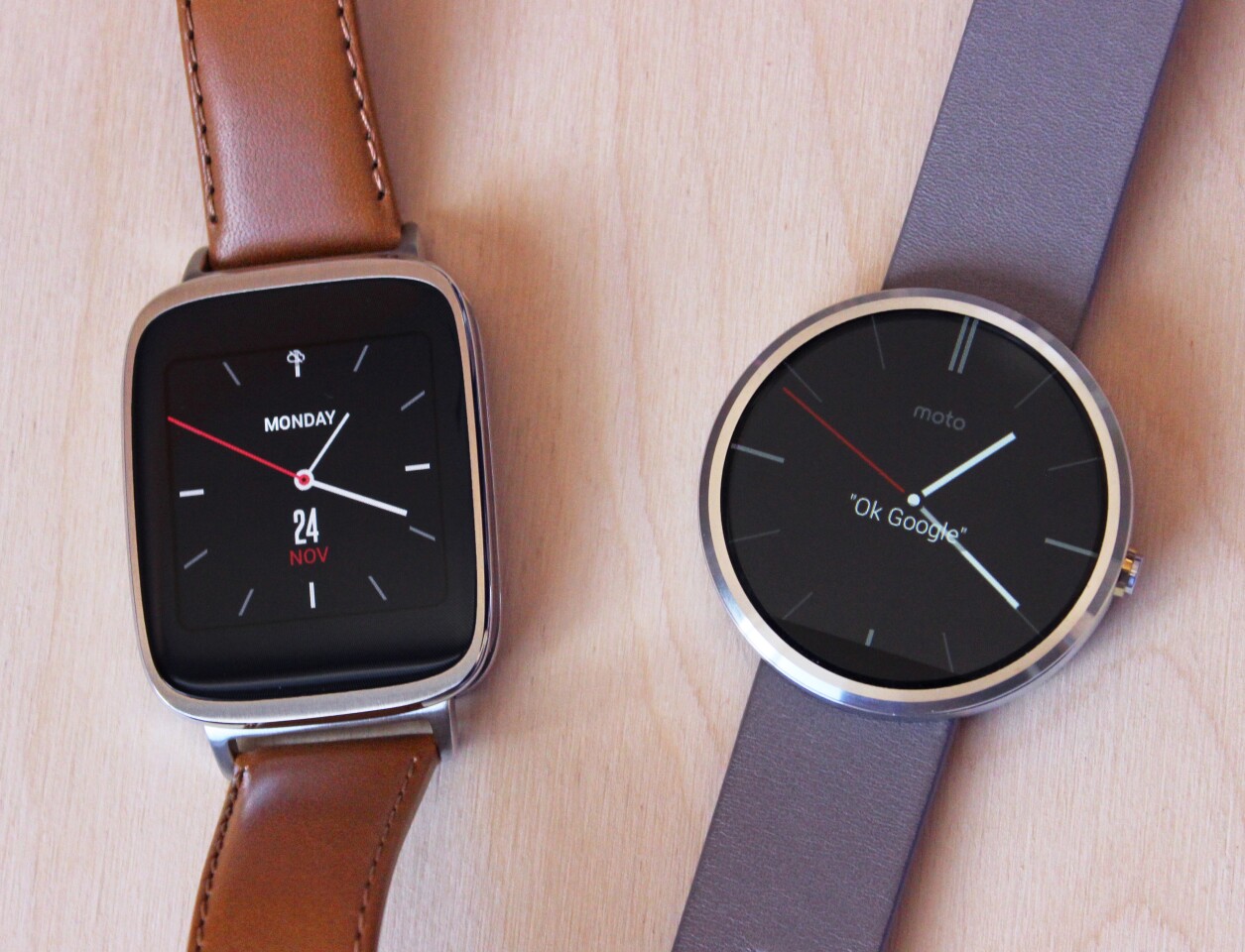
We can recommend both of these smartwatches this holiday shopping season (as long as you're comfortable with the asterisks attached to the Moto's battery life). The Moto 360 costs $250 with a leather band, and $300 with a steel band. The ZenWatch, meanwhile, is one of the best values in wearables, at $200.
For more, you can read our individual reviews of the Moto 360 and Asus ZenWatch. You can also cast your net a bit wider with our Smartwatch Comparison Guide.































